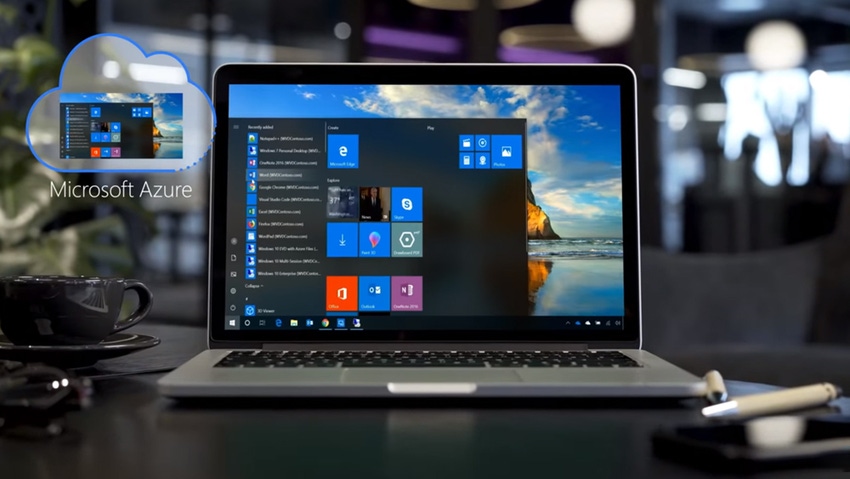A new replication feature in Nerdio Manager will automatically failover to an alternate Azure region.
December 10, 2021

Nerdio is adding backup and disaster recovery support to its managed Microsoft Azure Virtual Desktop (AVD) platform. The DR capability, announced Thursday, aims to ensure that AVD users will remain online even if an entire Azure region goes down.
If an Azure region becomes unavailable, Nerdio’s new Active/Active Host Pool DR feature will automatically failover to an alternate region. Customers or MSPs can enable the feature in Nerdio Manager, the SaaS tool for managing Microsoft’s AVD.
It is rare for an entire Azure region to become unavailable since each has at least three independent data centers. But distributing session host virtual machines across two Azure regions reduces the risk of disruption if one has a failure. Capacity issues could also trigger redirection to an alternate Azure region.
Here’s our most recent list of new products and services that agents, VARs, MSPs and other partners offer. |
The company built the new DR and backup feature into the autoscaling engine of Nerdio Manager. It is included in the cost of the service. It’s available now in Nerdio Manager for Enterprise, the version for customers who manage their own users. Next quarter, the company will release the DR and backup feature in Nerdio Manager for MSP.
Automated Replication and Failover

Nerdio’s Vadim Vladimirskiy
When implemented, Nerdio Manager will distribute user images across VMs in two regions and automatically replicate the Microsoft FSLogix profiles. Because it’s an active/active DR configuration, there is no need to trigger failovers, said Nerdio co-founder and CEO Vadim Vladimirskiy.
“If you think about Azure Virtual Desktop, they are virtual machines serving up the desktops,” Vladimirskiy told Channel Futures. “This technology creates the virtual machines in pairs, it puts one in one region, and one in another region. And when users connect, the virtual machines are randomly distributed, so that there’s always one region that’s going to be running, even if the second one goes offline.”
The company created the backup capability in Nerdio Manager by integrating it with Microsoft’s Azure Compute Gallery, which synchronizes desktop images across multiple Azure regions. Nerdio Manager also now automatically configures the Microsoft FSLogix Cloud Cache on host pools set up for DR. It asynchronously replicates across multiple storage locations to ensure availability.
Auto Healing
A new auto-healing feature in Nerdio Manager (both the on-premises and MSP versions) is also now available. Auto-healing is designed to automatically detect and repair session hosts, according to Vladimirskiy. “It’s able to detect problems in an AVD environment, and remediate them automatically,” Vladimirskiy said.
For example, he explained that if a VM becomes unavailable, or if it loses its domain trust relationship with Active Directory, Nerdio Manager will detect that it’s in an unhealthy state. Nerdio Manager will first try restarting it and will either remove the VM and rebuild it, or it can run a custom remediation, such as a script.
“It can proactively remediate any health problems with the actual VMs up to the point of completely recreating it and rebuilding it from scratch getting it up to into a healthy state,” Vladimirskiy said. “I think it’s important to have more resilience and this is just a way to elevate that resilience significantly in an AVD deployment.”
Want to contact the author directly about this story? Have ideas for a follow-up article? Email Jeffrey Schwartz or . |
Read more about:
MSPsAbout the Author(s)
You May Also Like


